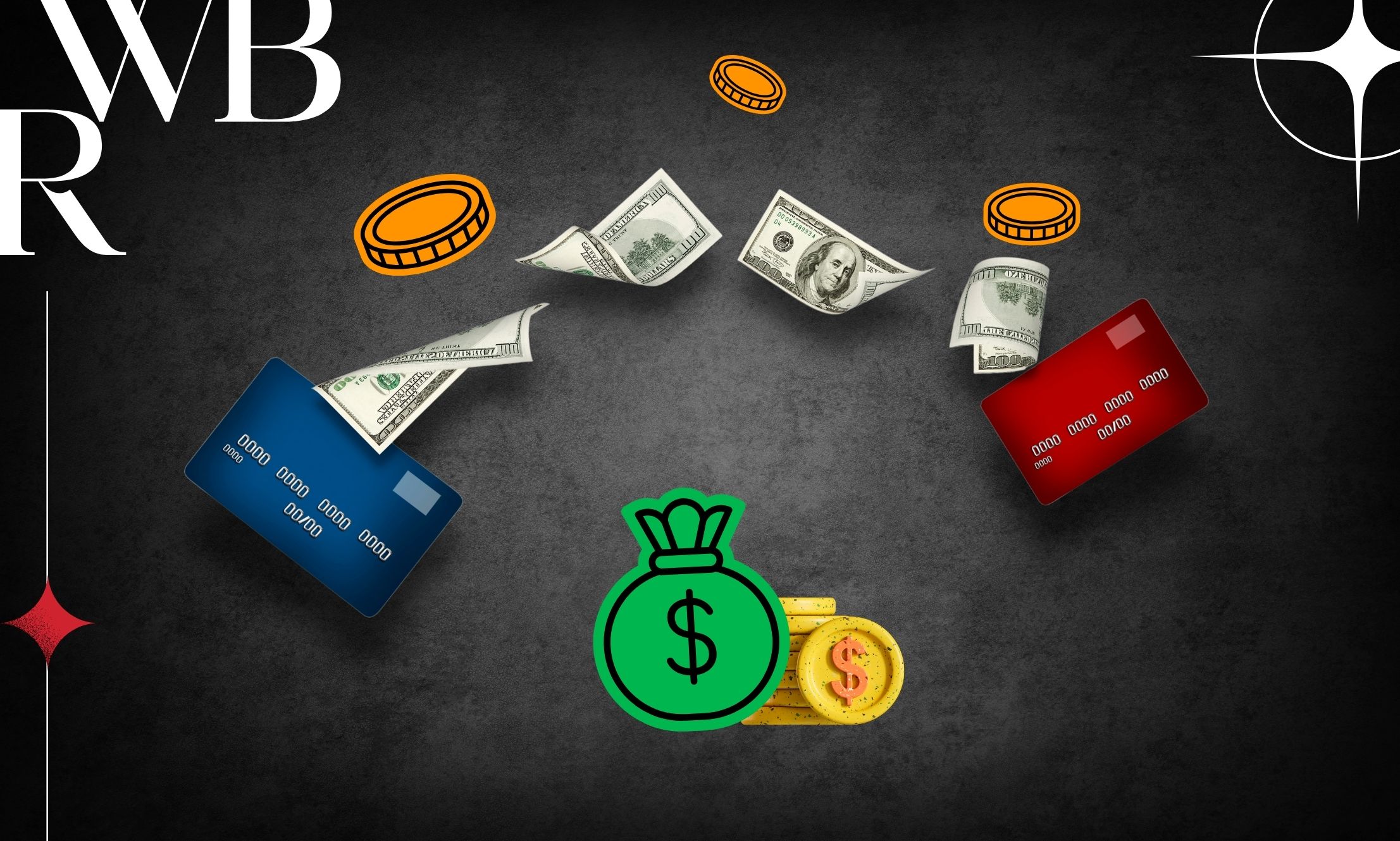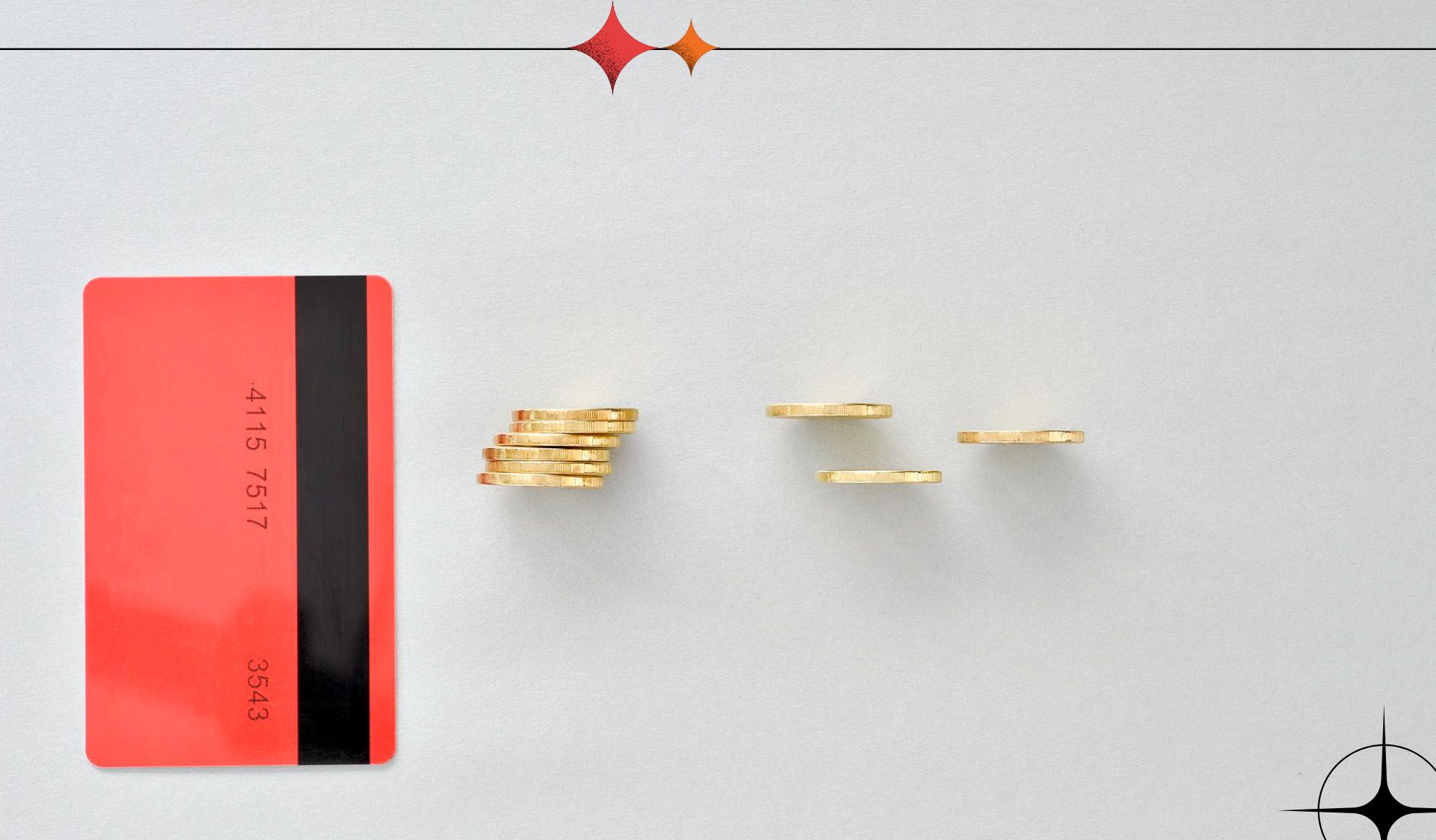Stop! Do Not Get a Balance Transfer Card for Bad Credit Without Reading This Article
by Ankita Tripathy Banking 30 December 2024

Finance is a dubious area to work with. However, it is an important part of our lives. Therefore, you cannot expect to avoid it. Therefore, it is only viable if you understand what is expected of you.
Before we can understand what a balance transfer card for bad credit is, we need to understand the term. A balance transfer card is one of the best and most effective forms of financial card meant for people struggling with bad credit.
Let’s go!
Understanding a Balance Transfer Card

A balance transfer card or a zero per cent card is built in a way that helps an individual shed their debts quicker than other variations. This variation is one of the most sought-after cards you can come across, as it allows individuals to pay off their debts quicker than others.
However, you can only understand what a card does or if it is helpful to you if you have some sense of clarity on how it works.
How Does It Work?
A 0 balance or balance transfer card is one of the most valuable things a debtor can go for. They can help you pay off a debt in a more streamlined manner. However, things can be muddled if you need help understanding how they work.
This section is about that. A balance transfer card will allow the debtor to shift its debt from pne bank to another without hassle. Therefore, making it one of the best and most prominent means of transferring the debt to a more favourable account with lower interest.
But to make it work, you need to start a balance transfer account. This account will host the debt. Therefore, allowing the user to transfer the debt from one account to another. However, it is zero-balance in name. You might have to pay a nominal fee to effectively take advantage of the deal.
Examples to Understand
The best way to understand a financial concept is to look at a case study. A case study can help you understand the complete workings of the idea with more clarity and context. As a result, here is a small case study you need to understand.
You get a new credit card, have an outstanding debt of around $4000, and are charged around 24.9% interest for a year. To tackle this, you start a zero balance account with 0% interest for 20 months. After that, a flat interest percentage of 3%.
To make this transfer, you need to pay a flat fee of 3% upfront and forget it for the next 20 months. This nominal fee is for the transfer. Now, you roll the investment or debt without interest and become debt-free with more ease.
Pros Vs. Cons of Balance Transfer Cards

A balance transfer card is generally used to pay off a loan that has incurred a high interest rate in the past. Therefore, it is usually used to save off repayment at a higher interest rate.
All in all, this sounds like an alluring concept, nonetheless. Then again, all that glitters is not gold. While these cards are great at transferring balance from one card to another, it could be better.
Therefore, to help you with a more informed decision, here are some of the prominent pros and cons of balance transfer cards that you need to know more about.
Pro
A zero balance card or a balance transfer card is excellent for people who have bad credit or are currently paying exorbitant interest rates. This is primarily because these cards tend to ease the interest pressure and make repayment easier. Therefore, if you are planning on getting a balance transfer card for bad credit, you can do it with ease.
Con
One essential clause that you need to remember is that most balance transfer cards do not offer their perennial interest rates on newer purchases. In other words, if you make newer purchases, you will be charged the standard rate, which oscillates between 20 to 25%. Therefore, once you get a balance transfer card, you cannot make any new purchases.
Pro
Balance transfer cards tend to extract nominal or no interest rates from an individual. In other words, you do not have to pay a high interest rate. As a result, you are simply paying the principal.
This can help you pay off the debt more efficiently and without any problem. Therefore, making it one of the best and most effective means of fixing your credit or taking it out of the slump.
Con
Most people think that you simply need to transfer the debt, and all your financial problems have vanished. Well, the world does not work like that. Transferring your debt from one space to another can only help you if you have a proper plan in place.
Without an effective debt management plan, you cannot bring any change whatsoever. Therefore, the concept of debt transference needs to be clarified, and people mistake it for debt absolution.
Subsequently, they also need to understand some alternatives to credit card debt transference for a more option-laden decision.
The Golden Rules

Managing debt comes with a lot of challenges. Therefore, the best way to tackle these challenges includes the golden rules. These golden rules are ethical practices that can enable you to free your name from debt. Here are five golden rules that you need to follow effectively.
- Rule #1: If your balance transfer card for bad credit comes with a tenure of 20 months of 0% interest, then try to clear your debt in that period. Extending it beyond that might affect credit score and the total repayment amount.
- Rule #2: Just because you are taking advantage of the 0% deal, it does not mean that you are absolved from paying up. Therefore, do not consider making the mistake of forgetting about the debt.
- Rule #3: balance transfer cards for bad credit are great for transferring debt. However, they offer standard rates whenever you plan on withdrawing or using it for payment.
- Rule #4: In most cases, the 0% transference is only available for the first few months. Therefore, make sure that you have a sense of clarity on the right way to proceed. It is important to meet this timeline to ensure the overall repayment structure is maintained.
- Rule #5: You cannot transfer your debt between two different cards of the same bank. Neither can you keep transferring your debt in the hopes of allaying the debt. Transfer your debt more than once, and you might be flagged.
The Markers of a Good Balance Transfer Credit Cards

If you are in the market to find the best balance transfer card, you need some sense of clarity. However, you cannot just fly blind. You need to understand the markers that make a balance transfer card a good choice. Here they are:
The Transference Period: Inquire beforehand about the 0% interest rate time duration. In other words, ask how long the interest rebate is given.
The Balance Transference Fee: Inquire about the one-time charge you must pay to rate the account. This fee primarily depends on the duration you want and the overall debt. Therefore, ensure that you have some clarity on the amount you must pay.
The APR: Finally, you need to understand the APR. The APr or the annual interest rate is the overall interest rate you must pay annually. Get help from a financial advisor to know what you are paying and how much you are paying.
Best 0% Balance Transfer Cards for Bad Credit

With all the basics done, you are ready to proceed toward the next or the final chapter of this discussion. In this final section, we will primarily discuss some of the best names in this industry when it comes to balance transfer cards for bad credit. Then again, this is not a ranking list by any means. It is more of an educational list, and we have listed five cards and their features so that you understand what you need.
- Barclaycard: This is one of the most prominent balance transfer credit cards that offers a 0% interest rate for at least 30 months. Along with a 3.45% flat fee and an overall APR of 24.9%
- HSBC: HSBC also provides around similar stave-off period and APR. However, it incurs a smidge higher flat fee of 3.49%.
- Tesco Bank: Tesco is a really amazing banking service that has one of the lowest flat fees of 2.95%, along with a 29-month stave-off period and an APR of 24.9%.
- Virgin Money: Virgin Money is not an ideal name in the industry due to its high flat fee and short stave period which is 3.45% and 29 months. Subsequently, the APR of the card is around 24.9%.
- NatWest: Finally, we have NatWest. This is a unique name in the industry as it comes with no flat fees. However, the stave-off period is just 14 months, and an APR of 24.9%.
Apart from the ones we have discussed, you could also explore Cryptocurrency credit cards in order to earn great benefits like the ones we discussed.
The Final Thought
In summation, these were some of the best and most prominent names in the balance transfer cards for bad credit. However, if you are planning on getting one for yourself, then consider all the pointers we talked about.
Therefore, please refer to our article before you consider getting yourself into a financial obligation you do not understand effectively. Therefore, leave us feedback if you want to understand these cards effectively.
Read More:



































































































